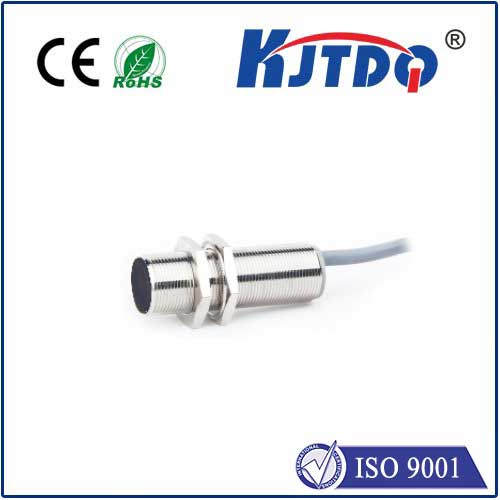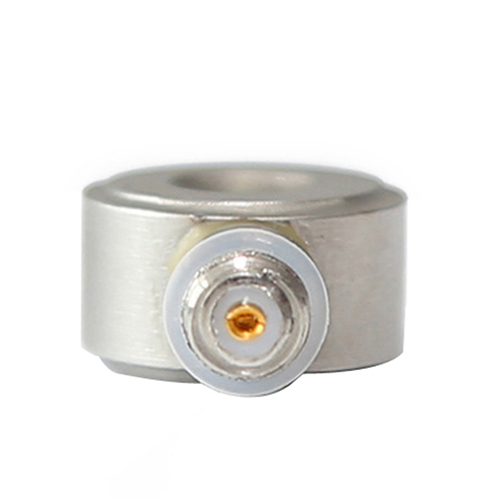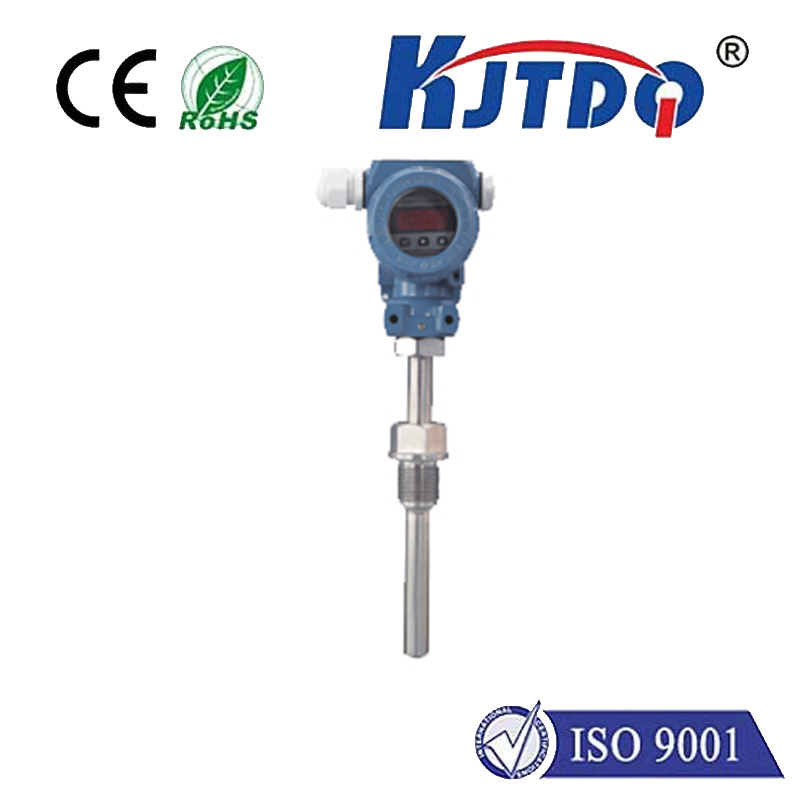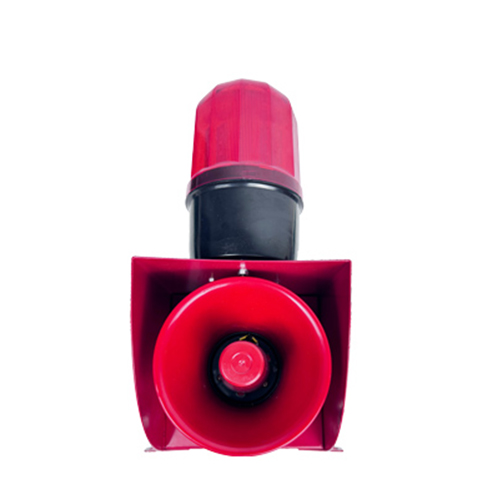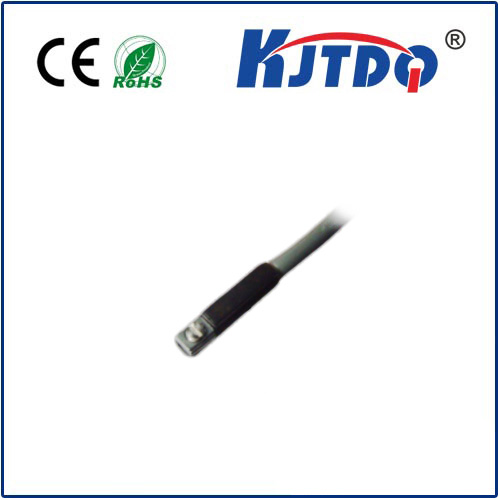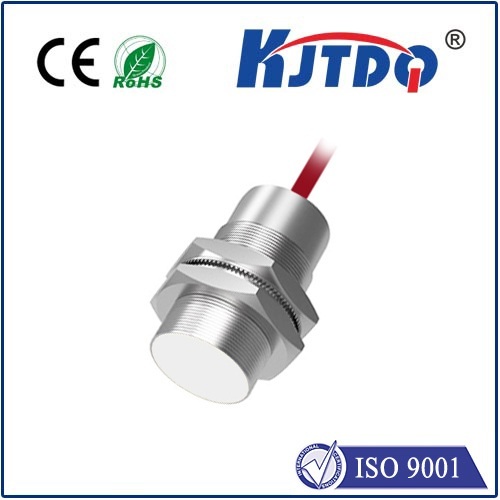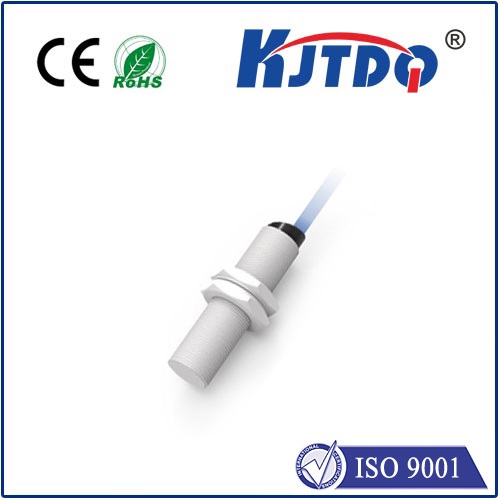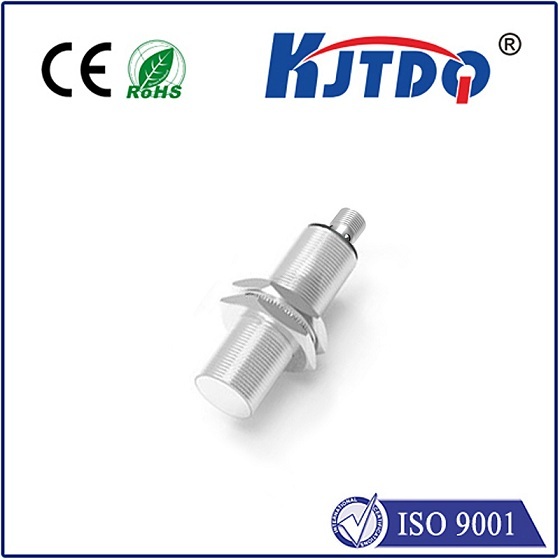Trilumina LiDAR: Pioneering the Future of Solid-State Sensing Technology The race to perfect autonomous vehicles, smart cities, and advanced robotics has thrust LiDAR (Light Detection and Ranging) into the spotlight. Amid this technological revolution, Trilumina LiDAR emerges as a game-changer, redefining how machines “see” and interact with the world. Unlike traditional LiDAR systems burdened by mechanical complexity and high costs, Trilumina’s solid-state innovation promises a sleeker, smarter, and more scalable solution. But what makes this technology so transformative, and why is it poised to reshape industries from automotive to consumer electronics?
LiDAR’s ability to create precise 3D maps using laser pulses has made it indispensable for applications like self-driving cars and industrial automation. However, conventional LiDAR systems rely on rotating mechanical parts, making them prone to wear, expensive to produce, and challenging to miniaturize. Enter solid-state LiDAR—a mechanical-free alternative that leverages semiconductor technology. Trilumina, a leader in this space, has cracked the code by integrating vertical-cavity surface-emitting laser (VCSEL) arrays into its designs, eliminating moving parts while boosting reliability and affordability.

At the heart of Trilumina’s breakthrough is its VCSEL array technology, which replaces bulky lasers with compact, energy-efficient modules. These arrays emit multiple laser beams simultaneously, enabling rapid, high-resolution scanning without physical movement. This design isn’t just about miniaturization—it’s about scalability. By leveraging semiconductor manufacturing processes, Trilumina slashes production costs, making advanced LiDAR accessible for mass-market applications. Another standout feature is low power consumption. Autonomous vehicles, for instance, demand systems that won’t drain battery life. Trilumina’s LiDAR draws significantly less power than mechanical counterparts, a critical advantage for electric vehicles (EVs) and portable devices. Moreover, its solid-state architecture ensures durability in harsh environments, from icy roads to dusty construction sites.
The automotive sector is Trilumina’s primary battleground. As automakers scramble to achieve Level 4⁄5 autonomy, LiDAR’s role as a redundant safety layer—complementing cameras and radar—has become non-negotiable. Traditional LiDAR’s high cost (often exceeding \(1,000 per unit) has stalled widespread adoption. Trilumina’s solution, however, could drop prices to under \)500, aligning with industry targets for consumer vehicles. Partnerships with major automakers and Tier 1 suppliers hint at real-world traction. For example, Trilumina’s collaboration with a leading EV manufacturer aims to integrate its LiDAR into next-gen models for enhanced object detection and collision avoidance. By embedding sensors seamlessly into headlights or grilles, the technology maintains vehicle aesthetics—a stark contrast to the rooftop “spinning doughnuts” of older LiDAR systems.
While autonomous vehicles dominate headlines, Trilumina’s LiDAR is quietly revolutionizing other sectors. In consumer electronics, smartphone giants are exploring LiDAR for AR (augmented reality) enhancements, depth sensing, and gesture control. Imagine a phone that maps rooms in 3D for immersive gaming or a drone that navigates forests with pinpoint accuracy—all powered by Trilumina’s compact modules. Industrial automation is another frontier. Warehouses deploying autonomous robots require reliable navigation in dynamic environments. Solid-state LiDAR’s robustness and precision make it ideal for guiding machinery, monitoring inventory, and even assisting in precision agriculture. For instance, Trilumina’s tech could enable tractors to autonomously plant crops while avoiding obstacles—boosting efficiency in the $5 trillion global agriculture sector.
Despite its promise, Trilumina’s path isn’t without hurdles. Competing solid-state LiDAR startups and established players like Luminar and Velodyne are vying for market share. Regulatory uncertainty around autonomous vehicles also looms. However, Trilumina’s focus on cost-effectiveness and strategic partnerships positions it well. Analysts predict the solid-state LiDAR market will grow at a 20% CAGR through 2030, driven by demand from automotive and robotics sectors. Meanwhile, advancements in AI and sensor fusion could amplify LiDAR’s impact. Trilumina’s sensors, when paired with machine learning algorithms, may unlock new capabilities—think real-time pedestrian intent prediction or adaptive traffic management systems.
Trilumina’s LiDAR epitomizes a broader shift toward invisible intelligence—technology that works so seamlessly, users forget it’s there. By eradicating mechanical limitations and prioritizing affordability, the company isn’t just selling sensors; it’s enabling a future where machines perceive the world as intricately as humans do. Whether it’s a self-driving car navigating rush hour or a robot tending crops, Trilumina’s innovation ensures that the eyes of the future are watching—reliably, intelligently, and without a single moving part.
